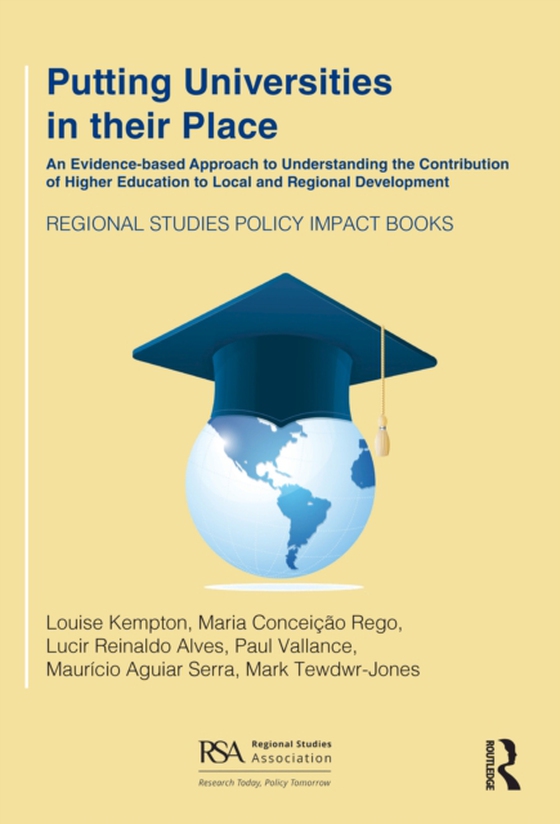
Putting Universities in their Place e-bog
139,13 DKK
(inkl. moms 173,91 DKK)
There have been several attempts in recent years to create conceptual frameworks and models to help universities and policy makers understand the role and contribution of higher education to local and regional development. However, these models have failed to fully reflect or give insufficient attention to the impact of the regional context (economic, social, political), the policy environment ...
E-bog
139,13 DKK
Forlag
Routledge
Udgivet
3 august 2021
Længde
88 sider
Genrer
JFSG
Sprog
English
Format
pdf
Beskyttelse
LCP
ISBN
9781000464924
There have been several attempts in recent years to create conceptual frameworks and models to help universities and policy makers understand the role and contribution of higher education to local and regional development. However, these models have failed to fully reflect or give insufficient attention to the impact of the regional context (economic, social, political), the policy environment for higher education and territorial development and the diversity of management and leadership structures of universities themselves. This has led to the development of static models that rarely work outside of the immediate context in which they were developed and therefore risk leading to design of policies that are not fit for purpose. This Policy Expo is the result of work with partners in Europe, South America, Africa, Asia and Australia to develop a new approach, the ORPHIC Framework, to think about how the university can be adapted to the specificity of institutional and local contexts. The book examines: What are the different roles that universities play in local and regional development and how do these manifest themselves? How can we learn from comparing practice and experience internationally, and to what extent are policies aimed at promoting university-region relationships transferrable? What are the internal university factors, such as management and leadership, history, mission, structures, and the external factors, such as territorial development policy context, governance system, nature of the 'place', that might help us explain the nature of the relationship?
 Dansk
Dansk

